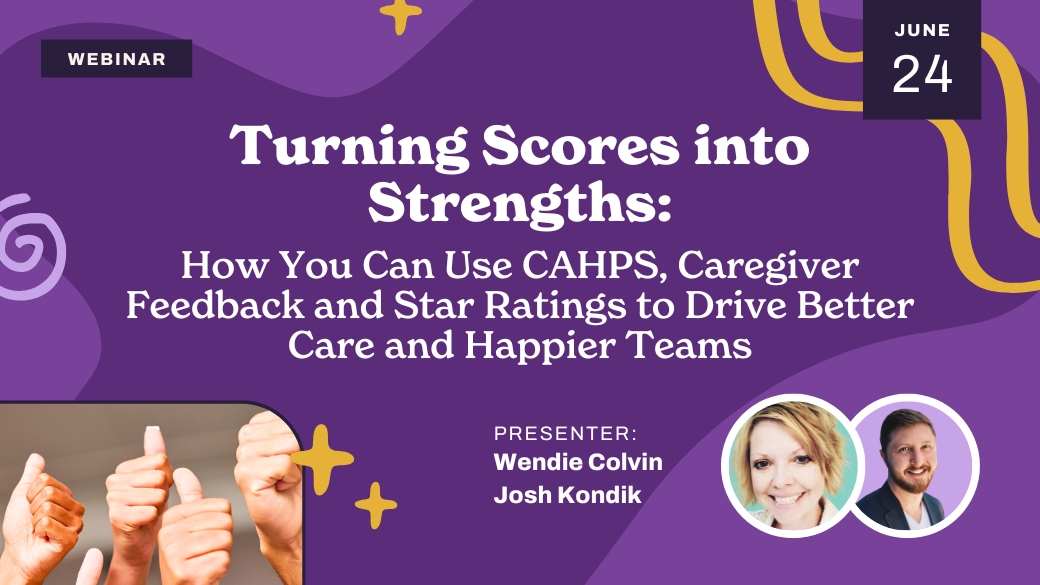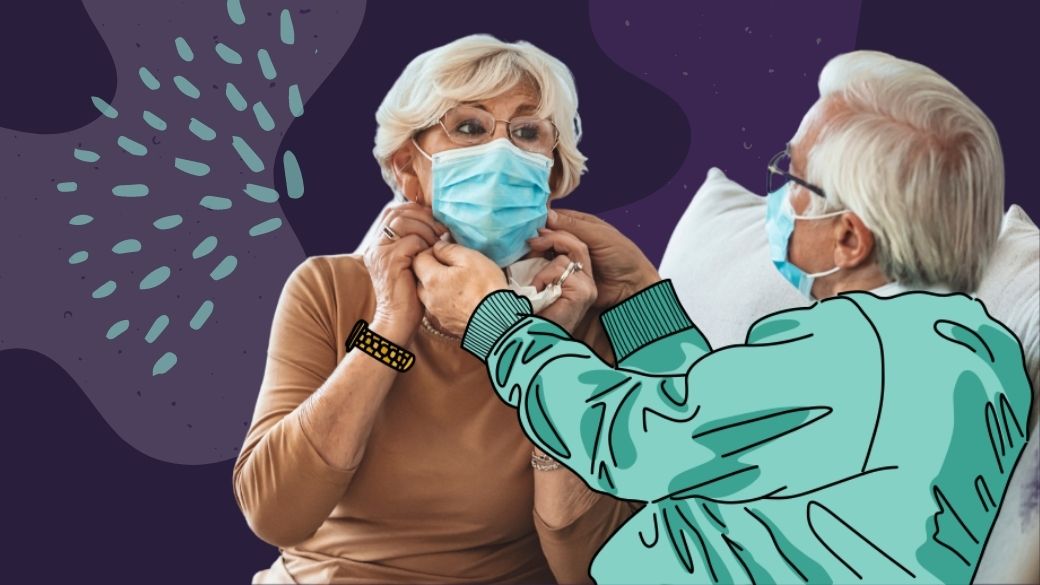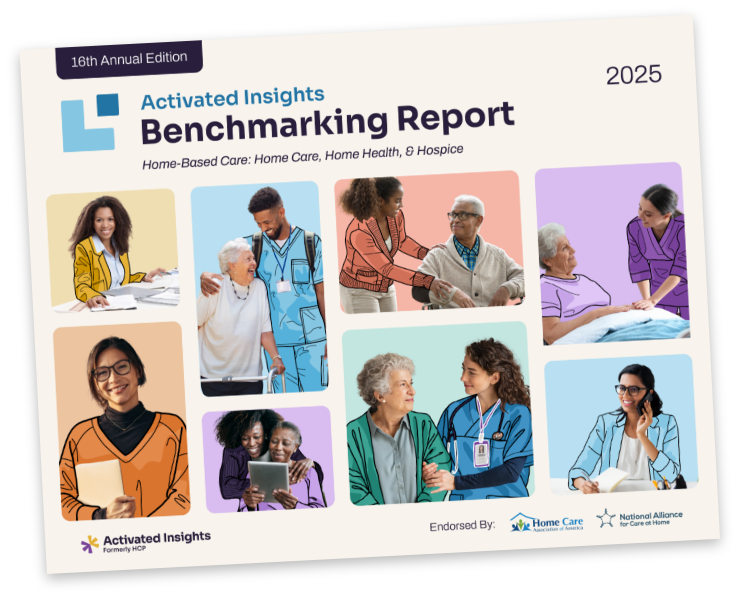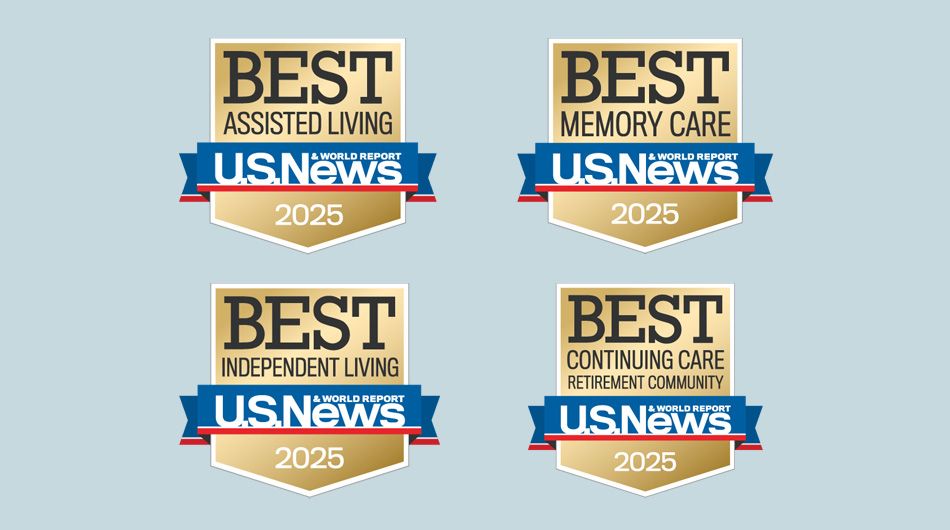COVID-19 remains a threat to vulnerable populations and many of those caring for them. These new regulations are designed to keep your caregivers safe. Is your agency prepared to be compliant with these guidelines?
On June 10th, 2021 the Occupational Safety and Health Administration or OSHA, announced an Emergency Temporary Standard (ETS) to protect and rights and safety of all healthcare workers in the United States. This is a step intended to standardize care and protect both patients and caregivers.
Home care providers work in a variety of settings, not only at home. For example, some clients live in a nursing home, continuum of care retirement community, or memory care community. Nursing homes in particular saw disproportionately high case and fatality rates of COVID-19; in the United States, CMS reports that there were 655,623 confirmed cases for residents in nursing homes including 132,703 fatalities. Many staff members have contracted and died from COVID-19 as well.
There has not been as much research into the home care industry in terms of COVID-19 statistics, despite the 7 million Americans that utilize in-home care services.
Home care employees have many concerns regarding COVID-19–here are some of the responses that we have received from caregivers from our surveys:
“Even when COVID happened, they didn’t help us with getting the supplies to provide care to the client.”
“I would like them to let us know what resources are available. There was a lack in contact during my training and that may have been COVID related. I would like them to check in more to see how we are doing and how our clients are doing.”
These Emergency Temporary Standard measures have been put in place to help you protect your caregivers so that they can continue to provide high quality care to your clients – wherever they call home.
What are the new guidelines?
This is the list of new standards that replace old regulations. They are designed to better protect healthcare workers and certain first responders due to their disproportionately high risk of contracting COVID-19. These updated guidelines are especially important for those who work in long term care settings and for healthcare workers in home health and home care sectors taking care of patients in their homes.
There are many new standards that you may already have implemented at your workplace, while there may be others that you are unfamiliar with. The new guidelines require you to have all the following safety measures in place:
Related content: Free Coronavirus Training Download for Caregivers
If you have any questions regarding these standards, please check out the OSHA COVID-19 Healthcare ETS here.
Does this affect me?
If you are unsure if these Emergency Temporary Standard regulations apply to you, please check out this flow chart.
For reference, if in a home healthcare setting, all your caregivers are vaccinated and all non-employees are screened before entry, these ETS guidelines do not apply to you.
What does this do?
These guidelines were assembled to protect caregivers across the country who may come into contact with COVID-19. Healthcare workers are at a disproportionately greater risk of contracting COVID-19, and the implementation of these ETS standards are designed to benefit and protect caregivers.
Your caregivers provide daily care for clients in their homes, and whether these ETS standards apply to you or not, they serve as a great resource for your infection control team.
Read more:
Related Posts







